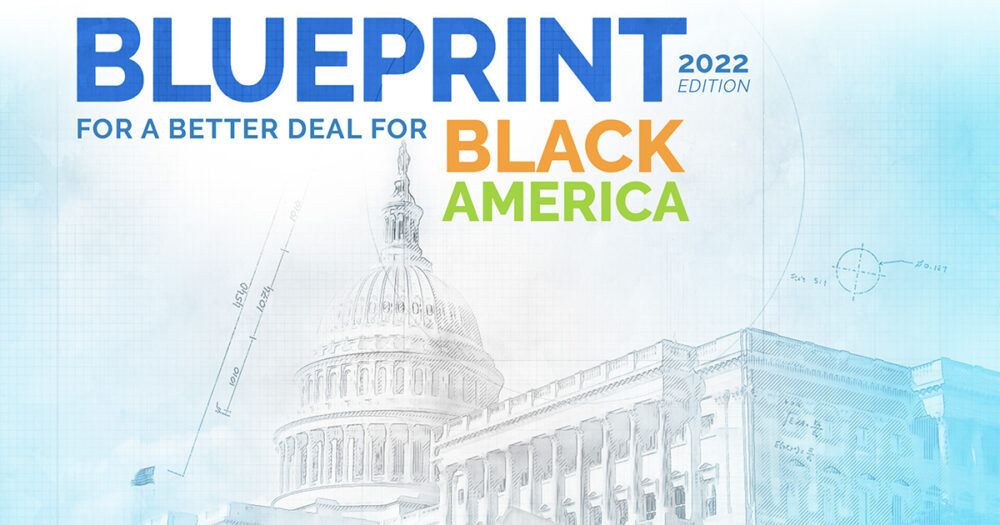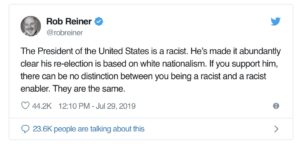LTP News Sharing:
In a pair of high-profile commentaries published following the Supreme Court’s recent affirmative action decision, two Project 21 ambassadors discussed the implications of race-based school admissions.

Michael Austin
In a piece syndicated through InsideSources, Project 21’s Michael Austin wrote:
The nation’s highest court has affirmed that Americans shouldn’t face discrimination to get into college or employment based on the color of their skin.
We at Project 21, a black leadership organization, wholeheartedly agree. We penned an amicus brief advocating for the demise of affirmative action in university admissions. Despite its noble intentions, this policy fails amid a barrage of inconvenient truths and operational problems. It nurtures the repugnant notion of underestimating minorities, insinuating they can’t excel without condescending favors. It sows the seed of a regrettable stereotype: minorities are mere decorative figures, seen but not heard at the table. Affirmative action turns minorities into mascots.
Any belief that affirmative action benefits the minorities it targets is complete hogwash. Suppose a university admission places more value on skin color over academic ability and skills. In that case, it’s setting up students for failure. As Justice Clarence Thomas explained, schools with affirmative-action programs “tantalize unprepared students with the promise of a degree and all the opportunities it offers. These overmatched students take the bait, only to find that they cannot succeed in the cauldron of competition.”
Students of all races and genders are better served by joining institutions that match their academic skills and preparation. Affirmative action programs take no such information into account.

Stone Washington
In a piece published by the Daily Caller, Project 21’s Stone Washington said the need for color-blind admissions also holds true for younger children in public schools:
Instead of applying an equal set of standards to all students, some elite public schools in America are beginning to adopt selective admissions standards that favor certain student groups over others. Color-blind equality under the law is no longer a satisfactory benchmark, as administrators now seek to artificially control how their incoming classes will appear.
If one racial group is deemed to be too successful as a representative portion of an admitted class, policies are put in place to level the playing field by enabling less successful racial groups to expand their representative size at the expense of admitting less high-achieving students. This is often called “racial balancing.”…
Evidence shows that public schools choosing to abandon a merit-based system often suffer academically….
Rather than lowering the barrier of entry for Asian students, school districts should direct resources toward helping underrepresented groups improve their chances for admission. Public elementary and middle schools should do better to lay the groundwork for academic success that stretches across every racial group. Giving everyone an equal shot at receiving a good education must be the paramount goal. Disadvantaging one racial group’s chance at success in order to ensure that others obtain better outcomes does not inspire fairness in academia.
Project 21’s “Blueprint for a Better Deal for Black America” dedicates an entire chapter to improving educational outcomes for Americans of all races, including racial minorities.
One of the Blueprint’s recommendations, “Require Federally-Supported Colleges and Universities to Adopt Graduation Strategies That Promote Black Success” (pages 29-30), is backed by some sobering statistics:
Too many institutions of higher education, eager to fill diversity quotas, are accepting black students who are ill-equipped for the rigors of a post-secondary education. They then fail to provide these students with the support they need to succeed.
As a result, there is a growing gap between the number of black students accepted to colleges and universities and the number who actually graduate. This failure is reflected in current graduation statistics. Only 40% of black Americans earn their four-year degrees after six years, compared to 64% of whites, 74% of Asians and 54% of Hispanics.
And those who don’t complete their degree are often left with devastating consequences: overwhelming debt, lack of future employment potential and a sense of failure and negative self-worth.
With the Supreme Court’s recent decision, there is new hope that these “devastating consequences” will be experienced by fewer students, and that students will instead thrive in institutions that are more interested in preparing them for a successful future than in simply checking off a box.

Author: The National Center







